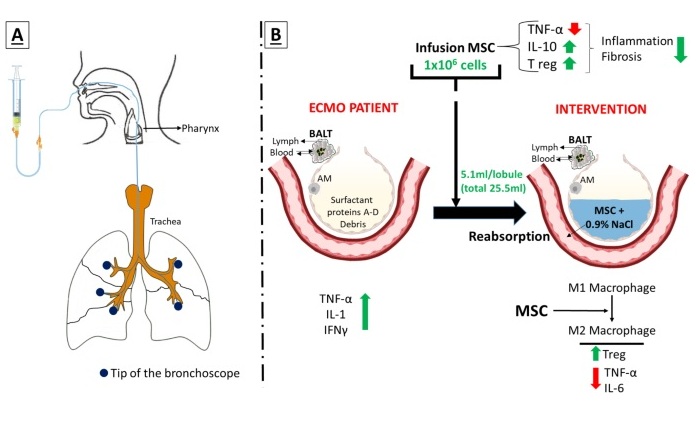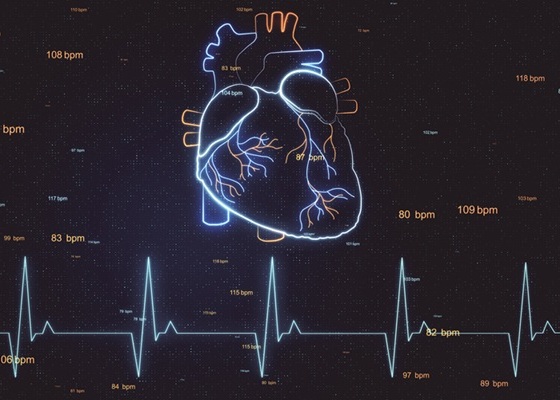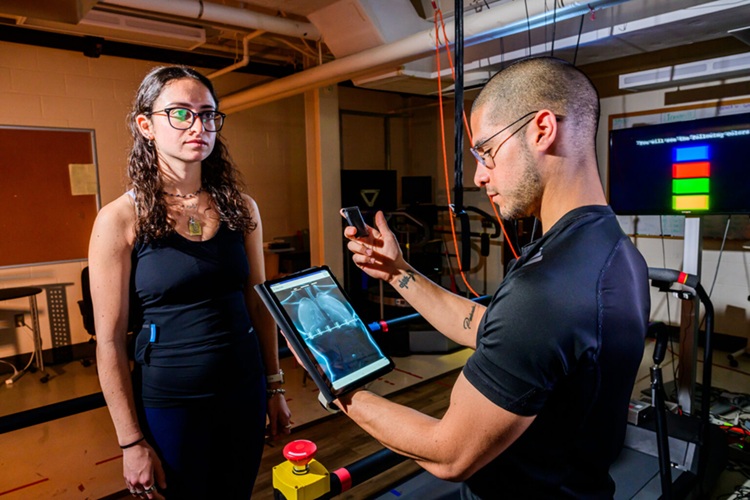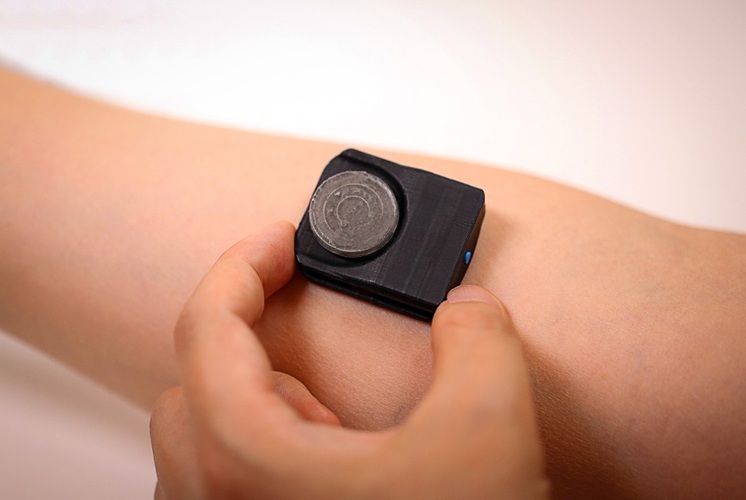New Cartilage Implant Treats Osteoarthritis of the Big Toe
|
By HospiMedica International staff writers Posted on 20 Jul 2016 |

Image: The Cartiva Synthetic Cartilage Implant (SCI) (Photo courtesy of Cartiva).
A novel biomedical polymer implant mimics the physical characteristics of articular cartilage, relieving pain while maintaining joint function.
The Cartiva Synthetic Cartilage Implant (SCI) is intended for use in the treatment of patients with painful arthritis at the base of the great toe as an alternative to fusion, providing pain relief and improvement in both function and motion by replacing damaged cartilage. Made of an organic polymer-based biomaterial comprised of 40% polyvinyl alcohol (PVA) and saline, the cylindrical synthetic polymer provides cartilage-like compressible, low-friction, and a durable bearing surface.
The SCI is placed in a single surgical procedure, addressing focal articular defects. Due to the similar osmotic, physical, and frictional properties of Cartiva SCI to native cartilage, joint-resurfacing repairs using this implant does not require replacement of the opposing articular surface. Consequently, the procedure does not require significant removal of healthy tissue, resulting in nominal surgical trauma and rapid recovery. The procedure takes about 35 minutes and, unlike fusion, allows the patient to immediately bear weight.
A randomized, multicenter, 236-patient clinical trial that compared outcomes from patients who received the SCI with patients who underwent fusion showed that the SCI group posted a 93% reduction in median pain and a 168% improvement in median function in sporting activities, and a 65% improvement in daily living activities. SCI patients also had a 26% increased range of movement from baseline. The Cartiva SCI is a product of Cartiva (Alpharetta, GA, USA), and has been approved by the U.S. Food and Drug Administration (FDA).
“Before Cartiva SCI, the options we could provide to patients with osteoarthritis of the great toe were limited, as the fusion procedure often necessitates sacrificing range of motion to get pain relief,” said Mark Glazebrook, MD, of the Queen Elizabeth II Health Sciences Centre (Halifax, Canada). “Due to the simplicity of the procedure, speed of recovery and range of motion benefits, I see that patients are relieved to have this option available to them, and the majority are electing Cartiva over fusion.”
PVA is derived from polyvinyl acetate through partial or full hydroxylation. Depending on the degree of polymerization and hydrolysis, the physical characteristics, chemical properties, and mechanical properties of PVA can be customized to defined functional requirements. Properties can be further modified by crosslinking, which results in a material that can be swollen to produce a hydrogel. PVA’s properties also make it a good replacement for cartilage, which is typically comprised of 60-80% water, with a mass balance primarily of collagen.
Related Links:
Cartiva
The Cartiva Synthetic Cartilage Implant (SCI) is intended for use in the treatment of patients with painful arthritis at the base of the great toe as an alternative to fusion, providing pain relief and improvement in both function and motion by replacing damaged cartilage. Made of an organic polymer-based biomaterial comprised of 40% polyvinyl alcohol (PVA) and saline, the cylindrical synthetic polymer provides cartilage-like compressible, low-friction, and a durable bearing surface.
The SCI is placed in a single surgical procedure, addressing focal articular defects. Due to the similar osmotic, physical, and frictional properties of Cartiva SCI to native cartilage, joint-resurfacing repairs using this implant does not require replacement of the opposing articular surface. Consequently, the procedure does not require significant removal of healthy tissue, resulting in nominal surgical trauma and rapid recovery. The procedure takes about 35 minutes and, unlike fusion, allows the patient to immediately bear weight.
A randomized, multicenter, 236-patient clinical trial that compared outcomes from patients who received the SCI with patients who underwent fusion showed that the SCI group posted a 93% reduction in median pain and a 168% improvement in median function in sporting activities, and a 65% improvement in daily living activities. SCI patients also had a 26% increased range of movement from baseline. The Cartiva SCI is a product of Cartiva (Alpharetta, GA, USA), and has been approved by the U.S. Food and Drug Administration (FDA).
“Before Cartiva SCI, the options we could provide to patients with osteoarthritis of the great toe were limited, as the fusion procedure often necessitates sacrificing range of motion to get pain relief,” said Mark Glazebrook, MD, of the Queen Elizabeth II Health Sciences Centre (Halifax, Canada). “Due to the simplicity of the procedure, speed of recovery and range of motion benefits, I see that patients are relieved to have this option available to them, and the majority are electing Cartiva over fusion.”
PVA is derived from polyvinyl acetate through partial or full hydroxylation. Depending on the degree of polymerization and hydrolysis, the physical characteristics, chemical properties, and mechanical properties of PVA can be customized to defined functional requirements. Properties can be further modified by crosslinking, which results in a material that can be swollen to produce a hydrogel. PVA’s properties also make it a good replacement for cartilage, which is typically comprised of 60-80% water, with a mass balance primarily of collagen.
Related Links:
Cartiva
Latest Surgical Techniques News
- Intravascular Imaging for Guiding Stent Implantation Ensures Safer Stenting Procedures
- World's First AI Surgical Guidance Platform Allows Surgeons to Measure Success in Real-Time
- AI-Generated Synthetic Scarred Hearts Aid Atrial Fibrillation Treatment
- New Class of Bioadhesives to Connect Human Tissues to Long-Term Medical Implants
- New Transcatheter Valve Found Safe and Effective for Treating Aortic Regurgitation
- Minimally Invasive Valve Repair Reduces Hospitalizations in Severe Tricuspid Regurgitation Patients
- Tiny Robotic Tools Powered by Magnetic Fields to Enable Minimally Invasive Brain Surgery
- Magnetic Tweezers Make Robotic Surgery Safer and More Precise
- AI-Powered Surgical Planning Tool Improves Pre-Op Planning
- Novel Sensing System Restores Missing Sense of Touch in Minimally Invasive Surgery
- Headset-Based AR Navigation System Improves EVD Placement
- Higher Electrode Density Improves Epilepsy Surgery by Pinpointing Where Seizures Begin
- Open-Source Tool Optimizes Placement of Visual Brain Implants
- Easy-To-Apply Gel Could Prevent Formation of Post-Surgical Abdominal Adhesions
- Groundbreaking Leadless Pacemaker to Prevent Invasive Surgeries for Children
- Spectroscopy Technique Improves Surgery for Pediatric Epilepsy Patients
Channels
Critical Care
view channel
Novel Intrabronchial Method Delivers Cell Therapies in Critically Ill Patients on External Lung Support
Until now, administering cell therapies to patients on extracorporeal membrane oxygenation (ECMO)—a life-support system typically used for severe lung failure—has been nearly impossible.... Read more
Generative AI Technology Detects Heart Disease Earlier Than Conventional Methods
Detecting heart dysfunction early using cost-effective and widely accessible tools like electrocardiograms (ECGs) and efficiently directing the right patients for more expensive imaging tests remains a... Read more
Wearable Technology Predicts Cardiovascular Risk by Continuously Monitoring Heart Rate Recovery
The heart's response to physical activity is a vital early indicator of changes in health, particularly in cardiovascular function and mortality. Extensive research has demonstrated a connection between... Read more
Wearable Health Monitoring Device Measures Gases Emitted from and Absorbed by Skin
The skin plays a vital role in protecting our body from external elements. A key component of this protective function is the skin barrier, which consists of tightly woven proteins and fats that help retain... Read morePatient Care
view channel
Portable Biosensor Platform to Reduce Hospital-Acquired Infections
Approximately 4 million patients in the European Union acquire healthcare-associated infections (HAIs) or nosocomial infections each year, with around 37,000 deaths directly resulting from these infections,... Read moreFirst-Of-Its-Kind Portable Germicidal Light Technology Disinfects High-Touch Clinical Surfaces in Seconds
Reducing healthcare-acquired infections (HAIs) remains a pressing issue within global healthcare systems. In the United States alone, 1.7 million patients contract HAIs annually, leading to approximately... Read more
Surgical Capacity Optimization Solution Helps Hospitals Boost OR Utilization
An innovative solution has the capability to transform surgical capacity utilization by targeting the root cause of surgical block time inefficiencies. Fujitsu Limited’s (Tokyo, Japan) Surgical Capacity... Read more
Game-Changing Innovation in Surgical Instrument Sterilization Significantly Improves OR Throughput
A groundbreaking innovation enables hospitals to significantly improve instrument processing time and throughput in operating rooms (ORs) and sterile processing departments. Turbett Surgical, Inc.... Read moreHealth IT
view channel
Printable Molecule-Selective Nanoparticles Enable Mass Production of Wearable Biosensors
The future of medicine is likely to focus on the personalization of healthcare—understanding exactly what an individual requires and delivering the appropriate combination of nutrients, metabolites, and... Read more
Smartwatches Could Detect Congestive Heart Failure
Diagnosing congestive heart failure (CHF) typically requires expensive and time-consuming imaging techniques like echocardiography, also known as cardiac ultrasound. Previously, detecting CHF by analyzing... Read moreBusiness
view channel
Expanded Collaboration to Transform OR Technology Through AI and Automation
The expansion of an existing collaboration between three leading companies aims to develop artificial intelligence (AI)-driven solutions for smart operating rooms with sophisticated monitoring and automation.... Read more















